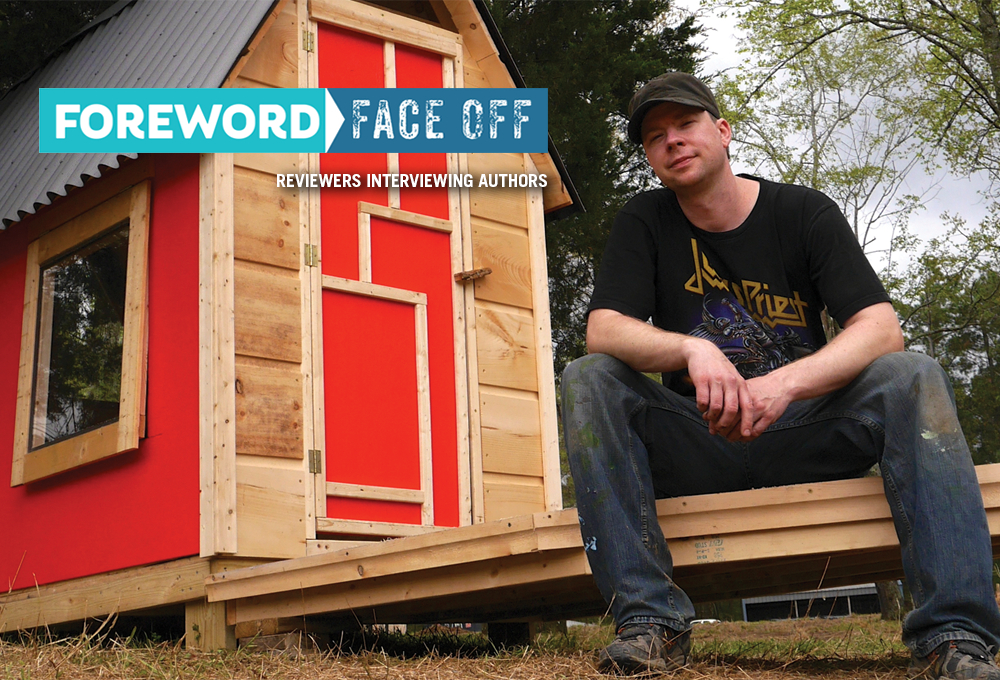Interview with Derek "Deek" Diedricksen, Author of Micro Living: 40 Innovative Tiny Houses Equipped for Full-Time Living, in 400 Square Feet or Less
What’s your American dream? Big home, fancy car, private jet, strapping pool boy serving you Veuve Clicquot Brut Rosé on a mega yacht? Well, you wouldn’t be the only one wishing upon a star for some or all of that.
But not everyone aspires for more, bigger, flashy, and expensive. In fact, there’s a not-so-miniscule movement afoot to build homes—with bathrooms and kitchens and heat sources—that are smaller than the shoe closets in certain Texas mansions.
Some of these tiny houses are built on wheels so they can be moved with the seasons. Others are perched in trees on remote woodstocks overlooking scenic lakes. There’s also the trend to retrofit old shipping containers to plop in an urban backyard.
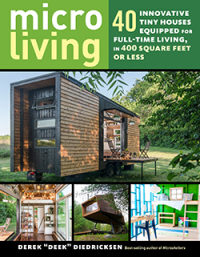
This week we chased down the man who’s on the move checking out the most inventive, quirky, and artistically stunning tiny homes on the planet. Meet Derek “Deek” Diedricksen, the author of Microshelters in 2015, as well as the soon-to-be-released Micro Living—both published by Storey Publishing. Karen Rigby reviewed Micro Living in the September/October issue of Foreword Reviews, and Foreword’s editor-in-chief, Matt Sutherland, felt inspired to send Deek a few follow up questions to better understand the urge to forsake the typical American dream—and go small instead.
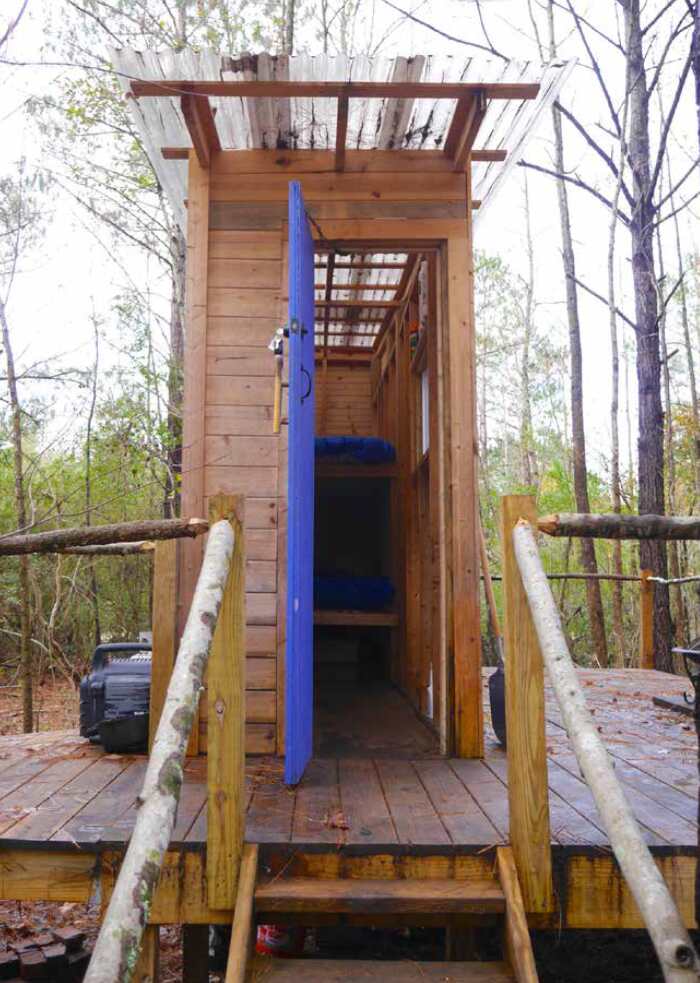
There’s a can’t-look-away, agapeness quality to viewing photos of tiny houses, as if we’re seeing someone’s most intimate space. Why are they so mesmerizing to look at? Is it voyeurism?
I’d say that voyeurism is a bit of it—a desire to see what others are doing, and how they are living “their dream” as one might be planning their very own. People love these type books in that they’re given an absolute avalanche of ideas and design approaches through the huge collection of color photos that we’ve included. You’re not only getting to “spy” in someone’s home, and their intimate spaces, but you’re peeking into their very minds.
While Micro Living showcases a handful of extravagantly expensive tiny houses, most of the homes were built with lots of reused materials and cost consciousness in mind. Which suggests people are attracted to micro living/tiny houses for different reasons, but the smallness factor is the common denominator. Do humans still retain some ancient memory of living in tiny caves? How do you explain the attraction?
I think there are quite a few reasons for “the attraction to tiny” aside from the more-obvious economical and environmental ones. For one, small spaces speak to one’s desire to “reign over their own domain”—to assume and maintain control over a pretty important facet of their lives. With a small space, one can survey their ENTIRE surroundings, belongings, and handiwork—often in one glance, if not with a simple turn of their head. And on that same “micro domain” token, a small space is thus easier to clean, maintain, heat, and cool, thereby creating almost an oasis of simplicity in an outside world that is very often chaotic. “Small, cozy, controlled, caves”—it’s basically what they are. I’m not sure if it’s genetically programmed in the the way that dogs love protective dens, but the common attraction seems to be there.
In your book, many of the featured tiny homes are on wheels. Is mobility a big part of micro living?
Mobility certainly is the most popular form of “going tiny,” as we, job wise, live in a very restless and transient world. Sure, there are the reasons of code thwarting though the “impermanence” of a home on wheels too, but many people are moving from city to city, and job to job throughout their lives now, and a home on wheels cuts out the U-Haul moving crew—you can now take your possessions AND your home with you!
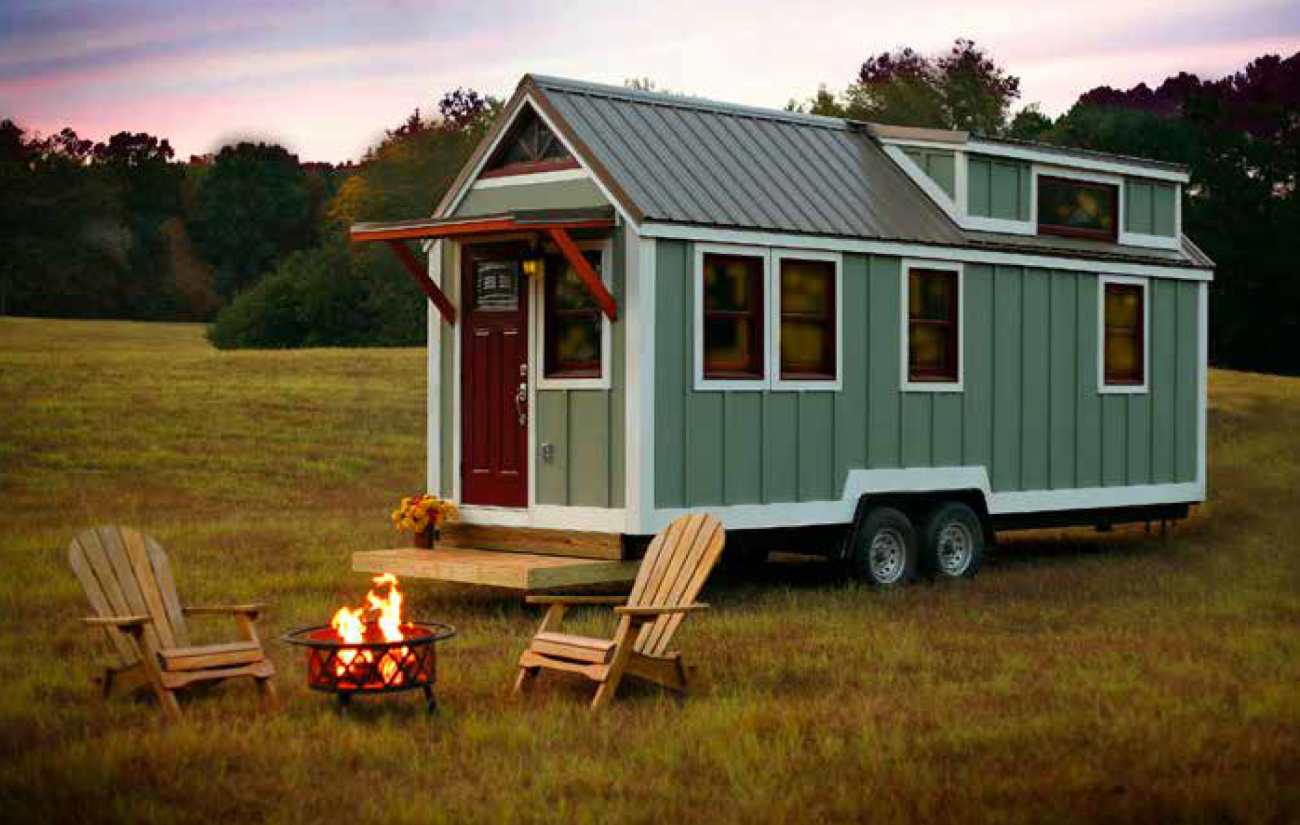
If we follow your 400 square feet or less, including bathrooms and a heat source, definition, can you give us an overall sense of how many micro houses exist in the US? Is the micro-house community growing? Can you explain the surge?
The immediacy of internet information and pretty Pinterest pictures has helped this movement to not only thrive, but absolutely explode. As for the actual number of tiny house dwellers out there though, it would be tough to say, as many are part time dwellers (does that count?), some build only to rent, and others only live “tiny” for short periods of time while they save for a larger house when they later meet someone, and then have children.
You then have to factor in that many people “live tiny” off the radar and don’t want to blog about their lives or let on to anyone that this is their chosen path. I think overall though, guestimate numbers aside, people are sick of not having control of their lives, to owing huge sums of money to banks that only exist to profit off of them, so regardless of the numbers, the interest is only going to continue to grow.
Many if not most of the micro homes are situated on scenic, remote pieces of land, which surely points to a common desire to commune with nature amongst micro housers. And, of course, there’s a minimalist, low impact ethos, as well. Please talk about the environmentalism streak that runs the tiny house crowd?
People are into tiny homes for a huge array of differing reasons, but yes, living a lighter-footprint lifestyle seems to be a recurring theme. Let’s face it, younger people are far more in tune to the environment, its fragility, and the fact that they will someday be the inheritors of this planet (and then hopefully pass it on), so using less, spending less, and living with less all seem to go hand in hand with this micro housing path.
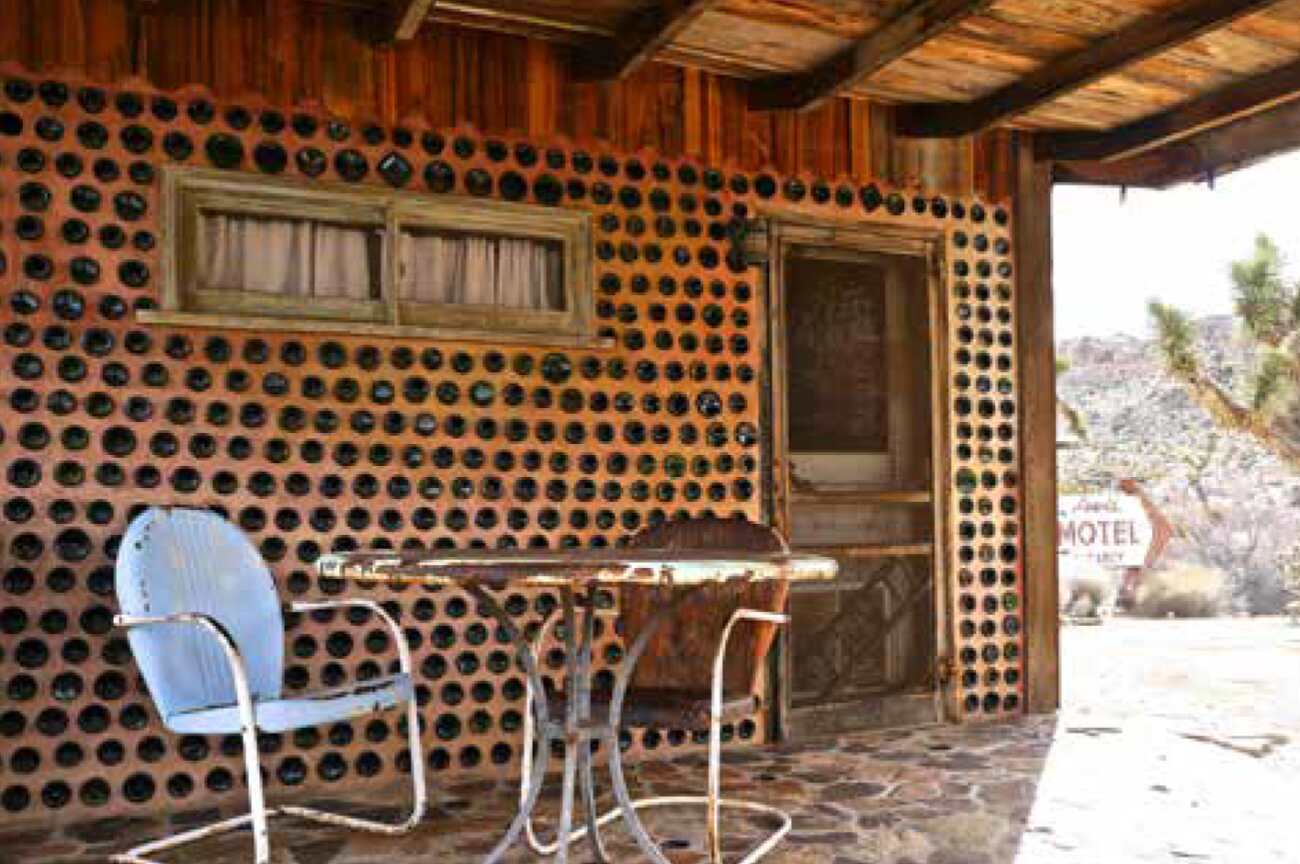
What’s the history of tiny houses? Was it a “thing” in centuries past? One striking example is the old single room log cabins built by mountain men out west and in Alaska. Are there regions or countries where micro living is more advanced, or more practiced?
It’s all really “ripped” from the Japanese, inner city dwellers, and the nautical world, as they’ve been living tiny forever, but the history of the US is loaded with micro dwellings, as well, many by choice. In the pioneering days of this country, building a home was a huge expenditure of time and energy, and this was labor that would be used on slow construction as opposed to foraging for food, or growing crops to survive. The idea of a “large home” was absurd and uneconomical, as it’s often still seen today. Heating a bigger home would endlessly take additional work too, and this would further burden families. Humans are a restless sort, so the wheeled version of small homes isn’t all that new either—we just didn’t have the internet showcasing it back then. If you dig, you’ll find quite a few old Model T Ford conversion dwellings—are they the truly original “tiny houses on wheels”? Or, would they be the Conestoga wagons of old?
Matt Sutherland

